Introduction
In the culinary world, butter plays a pivotal role, enhancing flavors, textures, and overall eating experiences. However, with the rise of plant-based diets and veganism, plant-based butter has gained significant popularity, often standing in seamlessly for traditional animal-based butter. While both types of butter serve similar purposes in cooking and baking, understanding the differences between them is crucial for those seeking specific dietary needs, health benefits, or culinary preferences. This comprehensive guide aims to demystify the distinctions between plant-based and animal-based butter, providing insights into their origins, compositions, nutritional profiles, uses, and how to identify them accurately.
Origins and Production Methods
Animal-Based Butter
Animal-based butter, commonly referred to as dairy butter, is derived from the cream of cow’s milk. The production process begins by separating the cream from whole milk through centrifugation or natural separation over time. Once the cream is concentrated, it undergoes churning, a mechanical process that separates the fat (butterfat) from the buttermilk (residual liquid). The resulting solid mass is then worked and shaped into the familiar butter form, often with additional salt for flavor enhancement.
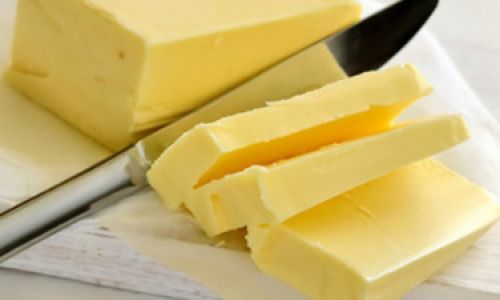
The quality and taste of dairy butter can vary based on the cow’s diet, the breed, and the region where the milk is produced. Grass-fed butter, for instance, tends to have a richer flavor and a higher content of healthy fats and nutrients due to the cows’ forage-based diet.
Plant-Based Butter
Plant-based butter, often labeled as vegan butter or margarine, is crafted from various vegetable oils, such as soybean, rapeseed (canola), sunflower, or coconut oil. The production process typically involves blending these oils with emulsifiers and stabilizers to mimic the texture and spreadability of dairy butter. Water is also added to achieve the desired consistency, and natural or artificial flavors and colors may be incorporated to enhance taste and appearance.
Unlike dairy butter, which is a natural product with minimal processing, plant-based butter undergoes more extensive industrial processing. Some brands opt for hydrogenation, a process that alters the oil’s chemical structure to increase its stability and shelf life but may also introduce unhealthy trans fats. However, many modern plant-based butter varieties are formulated without hydrogenated oils, focusing on healthier fats and cleaner ingredient lists.
Compositional Differences
Fat Content and Structure
Dairy butter is rich in saturated fats, particularly short- and medium-chain fatty acids like butyric acid and capric acid, which contribute to its creamy texture and rich flavor. It also contains a small percentage of unsaturated fats, including monounsaturated and polyunsaturated fats. The fat content in dairy butter typically ranges from 80% to 86%, with the remainder being water, milk solids (proteins and lactose), and sometimes added salt.
Plant-based butter, on the other hand, has a more variable fat content, often ranging from 60% to 80%, depending on the formulation. The fats in plant-based butter are primarily unsaturated, particularly polyunsaturated fats, which are generally considered healthier than saturated fats. However, the specific type and amount of fats can vary widely based on the oils used and the production process.
Proteins and Lactose
Dairy butter contains small amounts of milk proteins, primarily caseins and whey proteins, which contribute to its structure and mouthfeel. Lactose, the natural sugar in milk, is also present in dairy butter but in lower concentrations due to the cream separation process.
In contrast, plant-based butter is devoid of milk proteins and lactose, making it suitable for individuals with dairy allergies, lactose intolerance, or vegan diets. Instead, plant-based butter may contain plant-based proteins derived from the oils or added ingredients, though these are typically in minimal amounts.
Nutritional Profiles
Health Benefits and Concerns
Dairy butter has been a subject of debate regarding its health impact. While it is a rich source of essential fatty acids and fat-soluble vitamins like A, D, E, and K, its high saturated fat content has been linked to increased cholesterol levels and cardiovascular risk. However, recent research suggests that the type of saturated fats in dairy butter, particularly those from grass-fed cows, may have a more neutral or even beneficial effect on heart health compared to industrially produced fats.

Plant-based butter, especially those made from healthier oils like olive or avocado oil, can be a good source of monounsaturated and polyunsaturated fats, which are known to lower bad cholesterol levels and reduce the risk of heart disease. They are also typically lower in saturated fats and free from cholesterol. However, it’s important to note that some plant-based butter varieties may contain added sugars, sodium, or unhealthy fats like partially hydrogenated oils, so reading labels carefully is essential.
Micronutrients
Dairy butter provides a modest amount of essential nutrients, including vitamin A for vision health, vitamin D for bone health, and vitamin K for blood clotting. It also contains trace minerals like calcium, phosphorus, and selenium.
Plant-based butter can be fortified with vitamins and minerals to match or exceed the nutritional profile of dairy butter. Common fortifications include vitamin A, D, E, and B12, as well as calcium and omega-3 fatty acids. Some brands even boast additional health claims, such as being a good source of fiber or probiotics.
Culinary Uses and Identification
Cooking and Baking
Both plant-based and animal-based butter can be used interchangeably in many cooking and baking applications. However, their unique properties can influence the final outcome of recipes. Dairy butter’s high saturated fat content and milk solids make it ideal for creating rich, flavorful dishes and baked goods with a tender crumb and golden-brown crust. It also has a lower smoke point, making it better suited for low-temperature cooking like sautéing or making sauces.
Plant-based butter, with its higher unsaturated fat content and lack of milk solids, may result in lighter-colored baked goods and a slightly different texture. It is often preferred for high-temperature cooking, such as frying or grilling, due to its higher smoke point. Plant-based butter’s neutral flavor profile also makes it a versatile choice for savory and sweet dishes alike.
Identifying Each Type
Identifying whether a butter product is plant-based or animal-based typically involves checking the ingredient list and nutritional information on the packaging. Dairy butter will list cream or milk as its primary ingredient, while plant-based butter will list various vegetable oils, often accompanied by emulsifiers, stabilizers, and flavorings.
Additionally, looking for certification labels can provide further clarity. Vegan-certified products are guaranteed to be plant-based and free from animal-derived ingredients. Organic certification may indicate a higher quality of ingredients and production practices, though it does not distinguish between plant- and animal-based products.
Conclusion
In conclusion, distinguishing between plant-based and animal-based butter requires an understanding of their origins, compositions, nutritional profiles, and culinary uses. While both types of butter can enhance the taste and texture of food, their differences make them suitable for various dietary needs and preferences. By carefully examining ingredient lists, nutritional information, and certification labels, consumers can make informed choices that align with their health goals and culinary aspirations. Whether you opt for the rich, creamy indulgence of dairy butter or the healthier, versatile convenience of plant-based butter, the key lies in knowing what suits you best.
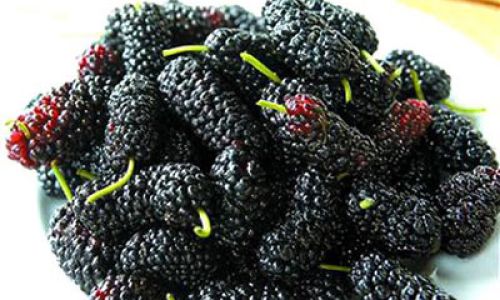

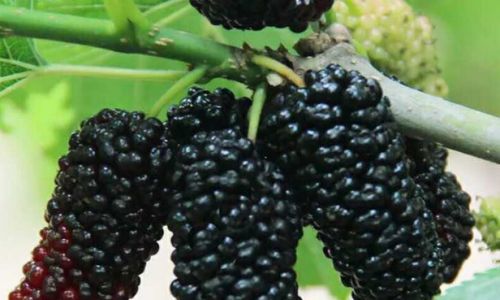
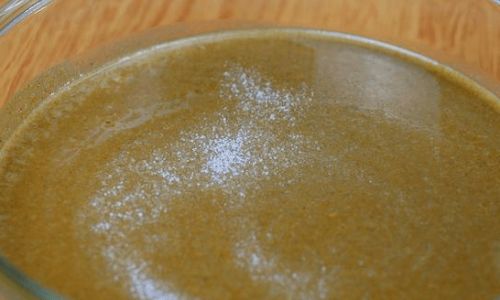
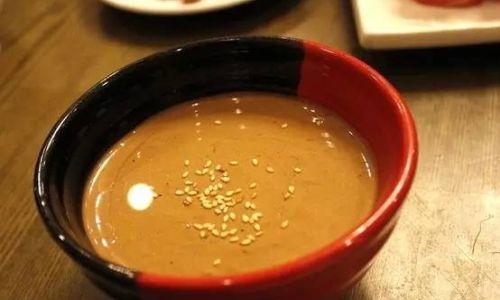
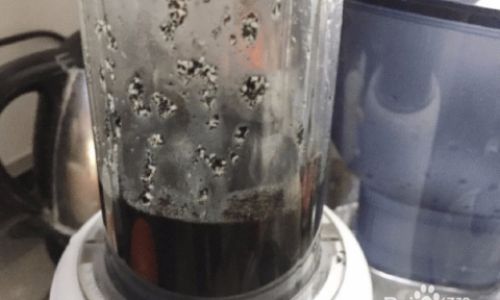
0 comments